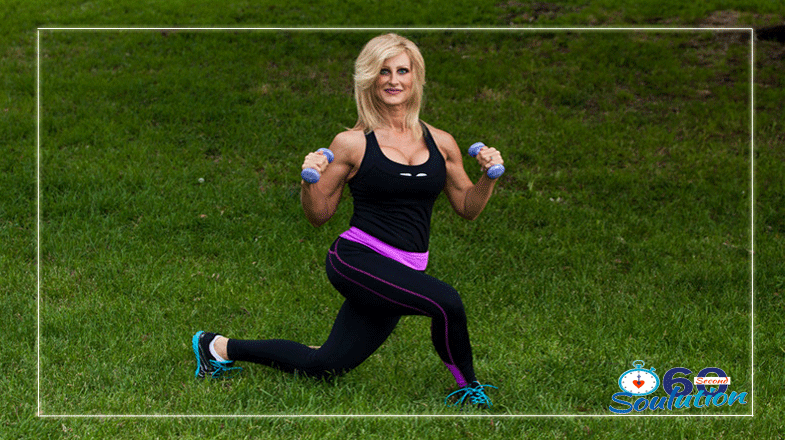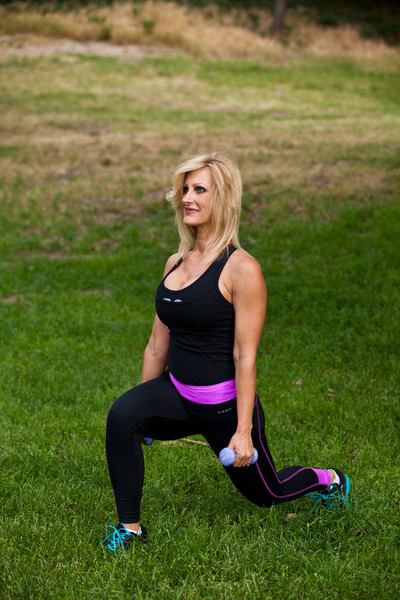There is a term when discussing, How to burn more fat after you exercise, called the “afterburn effect.” The “afterburn effect” is in essence the calories you continue to burn after exercising. While many people oncern themselves with the amount of calories they burn while lifting weights, running, swimming or bicycling, there’s a whole other important component to calorie-burning.
You see our bodies actually use up extra energy (calories) after certain types of exercise workouts in order to help us recover, cool down and deal with the hormonal changes that exercise provided. This process is known as excess post-exercise oxygen consumption. Studies conclude that conflicting results may be resolved if differences in exercise intensity and duration are considered, since this may affect the metabolic processes od EPOC (xcess post-exercise oxygen consumption).
What does this mean when putting your exercise plan together and the benefit of the after effect? If you plan the right type of blast training, burst training, or high intensity workouts you have the ability to effectively burn more fat in less time. AS far as the calories you will burn is determined based on you as an individual along with age, gender, current fitness level, and time of training intervals that influences the afterburn effect.
The key to the afterburn effect is performing burst workouts, high intensity workouts such as the 60 Second Soulution Workout so you can burn calories up to 36 hours. The more intense the workout the greater the afterburn. That is why the 60 second soulution is set up to build your intensity endurance. The workouts are set up to perform 30-60 second intervals of high intensity followed by 90-120 seconds of repaying the debt with deep breathing. If your goals are to lose weight, build more muscle, and have more energy in less time, then doing short, intense, blasts of exercise are the key. The benefits of high intensity, blast training, and burst training are better strength, enhanced speed and greater fat burning, all in ways that cardiovascular workouts cannot compare.
Here is the scientific study pertaining to the After-burn affect and how you can burn more fat after you exercise from Sports Medicine that states,
In the recovery period after exercise there is an increase in oxygen uptake termed the ‘excess post-exercise oxygen consumption’ (EPOC), consisting of a rapid and a prolonged component. While some studies have shown that EPOC may last for several hours after exercise, others have concluded that EPOC is transient and minimal. The conflicting results may be resolved if differences in exercise intensity and duration are considered, since this may affect the metabolic processes underlying EPOC. Accordingly, the absence of a sustained EPOC after exercise seems to be a consistent finding in studies with low exercise intensity and/or duration. The magnitude of EPOC after aerobic exercise clearly depends on both the duration and intensity of exercise. A curvilinear relationship between the magnitude of EPOC and the intensity of the exercise bout has been found, whereas the relationship between exercise duration and EPOC magnitude appears to be more linear, especially at higher intensities.
Differences in exercise mode may potentially contribute to the discrepant findings of EPOC magnitude and duration. Studies with sufficient exercise challenges are needed to determine whether various aerobic exercise modes affect EPOC differently. The relationships between the intensity and duration of resistance exercise and the magnitude and duration of EPOC have not been determined, but a more prolonged and substantial EPOC has been found after hardversus moderate-resistance exercise. Thus, the intensity of resistance exercise seems to be of importance for EPOC.
Lastly, training status and sex may also potentially influence EPOC magnitude, but this may be problematic to determine. Still, it appears that trained individuals have a more rapid return of post-exercise metabolism to resting levels after exercising at either the same relative or absolute work rate; however, studies after more strenuous exercise bouts are needed. It is not determined if there is a sex effect on EPOC.
Finally, while some of the mechanisms underlying the more rapid EPOC are well known (replenishment of oxygen stores, adenosine triphosphate/creatine phosphate resynthesis, lactate removal, and increased body temperature, circulation and ventilation), less is known about the mechanisms underlying the prolonged EPOC component. A sustained increased circulation, ventilation and body temperature may contribute, but the cost of this is low. An increased rate of triglyceride/fatty acid cycling and a shift from carbohydrate to fat as substrate source are of importance for the prolonged EPOC component after exhaustive aerobic exercise. Little is known about the mechanisms underlying EPOC after resistance exercise.
~Sherry Gideons










